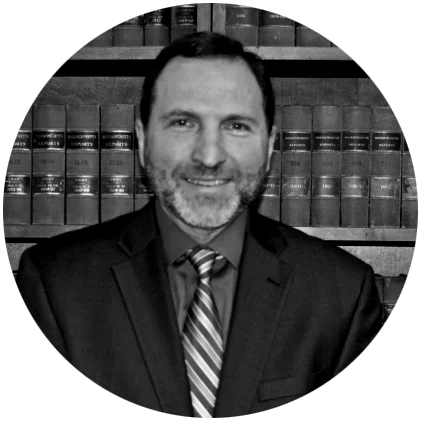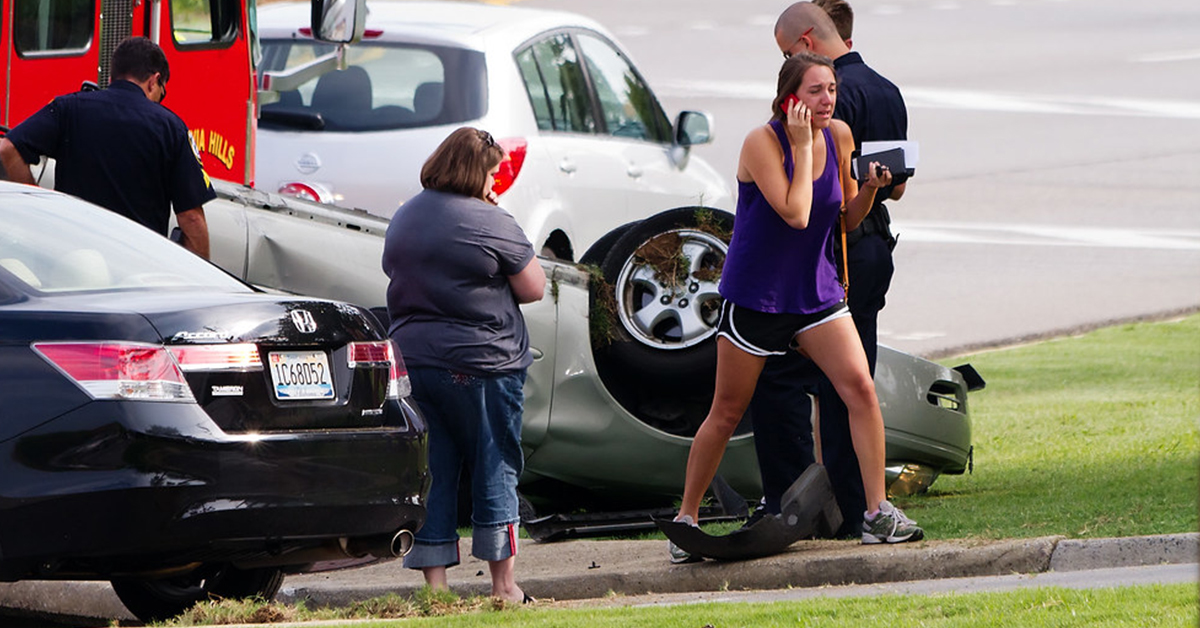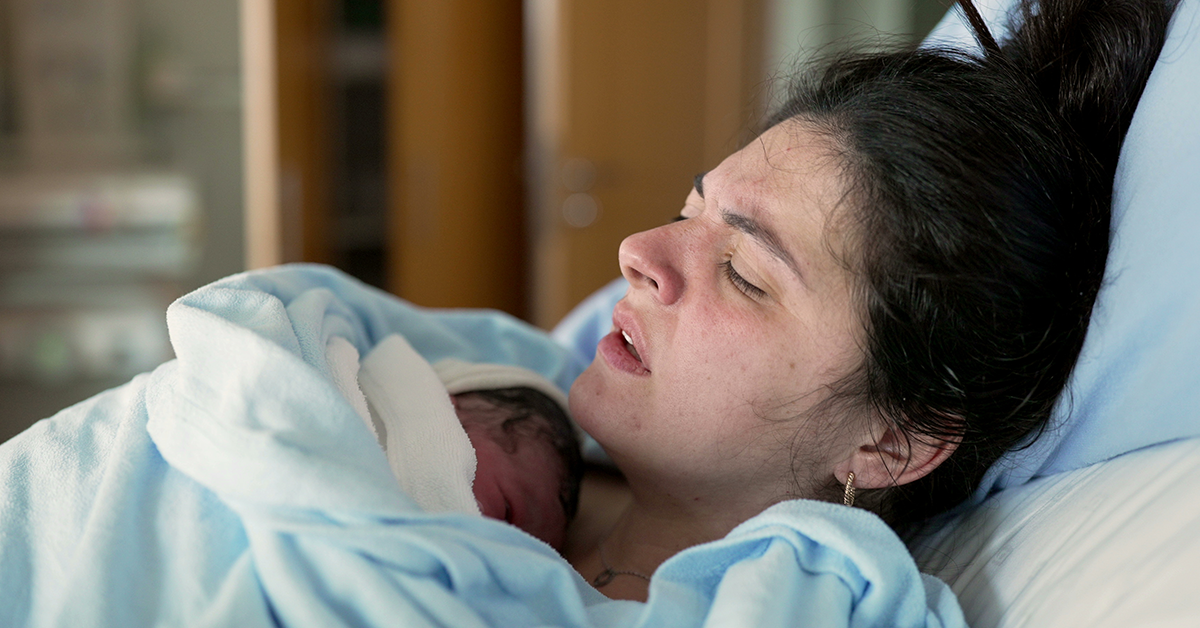Being involved in a car accident isn’t merely a frightening experience. Depending on the extent of your injuries and other relevant losses, even if you survive your accident, you may still be left facing a number of expenses as a result of the collision.
Your injuries will certainly require medical treatment, which may be costly. They can also limit your ability to perform your duties at work. If you can’t work, you can’t earn wages.
Fortunately, you may be eligible for financial compensation after your accident. If you live in an “at-fault” or “tort” state, you can recover compensation from the insurance of the party whose negligence resulted in your collision. You can file a lawsuit if they don’t have insurance or if their insurer refuses to offer a fair payout.
In a “no-fault” state, your own insurer will typically be responsible for compensating you, even if the accident occurred because someone else was negligent. However, even in no-fault states, victims can sometimes recover additional compensation from the insurance of the careless party if their injuries and losses are severe enough. That said, in some states, your insurer might not pay you as much as you are seeking if it can be shown that you were substantially responsible for causing your accident.
This highlights an essential point: Regardless of the law in your state, properly determining fault after an auto accident is critical. To a degree, how fault is determined can vary from one case to another. The following are among the more common and noteworthy ways the at-fault party is identified after an accident:
If you have the opportunity to do so, take pictures of the scene in the immediate aftermath of an accident. This includes taking pictures of all vehicles involved.
Identifying Signs of Careless Driving
At-fault parties frequently cause auto accidents because they were already engaging in some form of negligent behavior before the accident occurred. Examples include (but are not limited to) the following:
- Speeding
- Running a red light
- Driving while drunk or under the influence of drugs
- Driving while tired
- Texting or otherwise using a mobile device when driving
- Failing to yield the right-of-way
- Not signaling turns
Again, these are only a few examples. If there is evidence showing that another driver involved in your accident was careless behind the wheel, you can cite that evidence when arguing that your accident would not have happened if they’d been more responsible.
The Importance of Understanding State Guidelines & Laws
The above points cover some of the general ways fault may be determined after a car accident. It’s important to note that individual states also have their own unique set of guidelines, regulations, and laws that may contribute to determination of fault.
This is yet another reason to strongly consider meeting with a car accident attorney before attempting to identify the at-fault party on your own. Their expertise and understanding of the relevant laws will improve your odds of accurately identifying whose negligence caused your accident. Knowing who the negligent party is and having the evidence to prove they were negligent is key to optimizing your chances of recovering proper compensation.
Our experienced attorneys are here to answer your questions and help you if you have been involved in a car accident. If you want to learn about your potential legal options, call our injury attorneys today at (617) 742-1900; clients from outside of the Boston, Massachusetts area may call toll-free at 1-800-545-3732. At Swartz & Swartz, P.C., attorney is ready to help you get the justice you deserve.
Need Help?
If you or someone you know, needs help from a lawyer, contact the law offices of Swartz & Swartz, use our live chat, or send us a message using the form below and we’ll get in touch to assess your case and how we can help.
Keep Reading
Want more? Here are some other blog posts you might be interested in.




